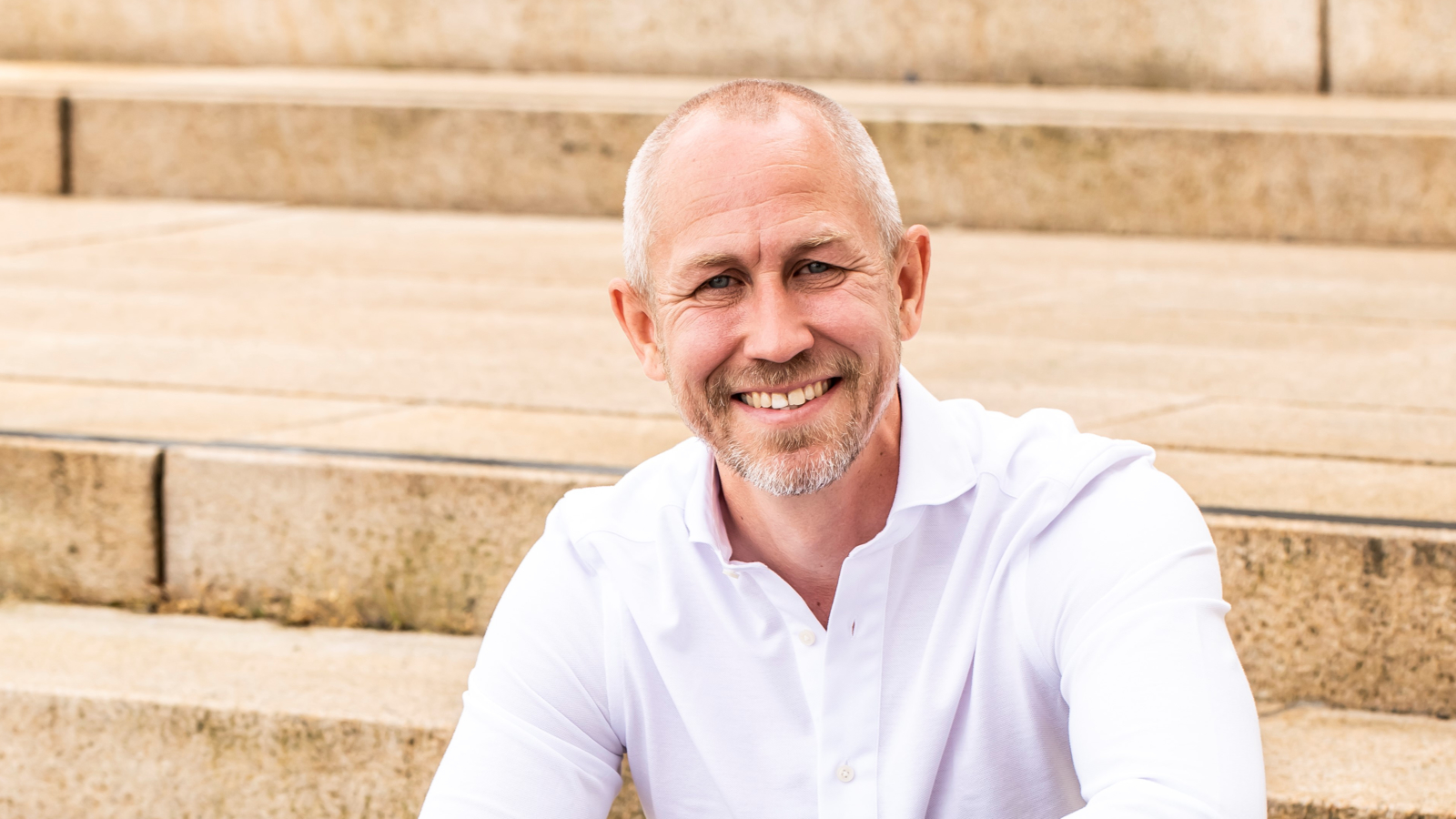Rasmus has both technical and commercial background in technology-heavy companies, among others, as Head of IT at Phonera/ComHem, Head of PMO & UX at Resurs Bank, Product Manager at CDON, and in his latest role as CEO of Skapamer.
The fact that I have worked in everything from technology to the commercial side, and thus understand how these two affect each other, has been a great advantage in my career. It has always been about innovation, customer journeys and customer-centric solutions. It is incredibly fun and rewarding to work both strategically and operationally, to do the analysis, set the strategy and then implement it. For me, it is very important not to work in silos – all components of a business are interdependent, from manufacturing, sales, to the supply chain. You cannot create a technical product that cannot be sold or sell a product that is too expensive to manufacture. Everything is part of the same ecosystem, so to speak.
A couple of years ago, e-commerce increased by 40% in Sweden alone, according to Dagens Handel (Today’s Trade, paper online), and perhaps these figures are behind the fact that e-commerce almost began to be discussed as its own industry. But e-commerce is just a sales channel, another way to reach the customer. The increase also meant that many companies needed to sharpen their platforms and took on a heavy cost burden, which still lingers and causes headaches for some.
Even though many have significant expenses for their e-commerce after the pandemic, we will still see an overall increase compared to before the pandemic. Of course, it requires more from us today now that the customers are able to shop in physical stores. During the pandemic, you did not have to care about the customer at all; almost anyone could run e-commerce, I usually say. Now, however, we need to have patience in the face of the new buying behaviour and, above all, get to know our customers better – love and take care of them in a whole new way. Clearly, higher demands are placed on loyalty and branding efforts, says Rasmus.
Companies like Amazon and Apple are two examples of brands that work hard to put the customer in focus. Perhaps the connection between the customer and the merchant can be part of the solution to the environmental impact that e-commerce currently creates.
Previously, as a merchant, you rarely had the consumer on your side. Instead, as a customer, you expected things like free shipping and free returns, which only ate into the merchant’s margins and did not work for sustainable development. Now everyone realizes that we must work together, and consumers also have higher expectations and are becoming more aware. Before, consumers shopped more out of habit. Now, higher demands are placed on quality, and they make more careful choices, and paying for returns is not strange for most people. And honestly, no one protests that there is a deposit on PET bottles. We must work together, says Rasmus.
“I want to provide all my employees with what they need to be the best they can be”
Rasmus Jung Demse
It’s not just free shipping that may become a thing of the past. The new AI technology may be the solution to the climate crisis. Others talk about robots replacing humans, and self-driving cars handling deliveries in the future. Rasmus takes a more relaxed approach to the rapid strides AI has taken and how it affects his leadership and the business.
Today, AI is mostly about innovation. We are at the stage where we must understand how AI can help strengthen our business. But, of course, for example, Chat GPT is already a super tool for e-commerce in the development of product descriptions and content. You can almost see AI as a junior employee whom you have to carefully guide and mentor but who will have great power in the future, says Rasmus.
Leaders around the world face the same challenges and infinite possibilities that AI brings. But according to Rasmus, the leadership role itself is not directly changed by AI.
It’s pretty much the same as before. It’s about being open to new influences, constantly evaluating and keeping up, a bit like when VHS came, which then became DVDs and now streaming. The important thing is to be receptive and quick on the ball. We must feel and examine whether and how AI is ready for the organization, and vice versa. There is certainly an AI researcher who knows that better than me, Rasmus laughs and continues, but one thing is certain: all senior leaders who have done things a certain way before can no longer stand there with overhead sheets like the old teachers. They must be agile and willing to learn new things, Rasmus says with a smile.
Rasmus has worked with Interim Managers several times during his career and sees the benefits of bringing in an experienced person who delivers from day one.
I am very grateful for those interims I have worked with. There is always a better handover when you come in after an interim as they usually know that it is part of the assignment and prepare for a smooth transition. I have also seen that it works much better in a transition phase than, for example, having someone from within the company taking on the responsibility, which usually leads to juggling too many balls. For me, it’s about getting into an assignment and immediately deliver and share my experiences, which in itself hopefully creates added value, says Rasmus.
